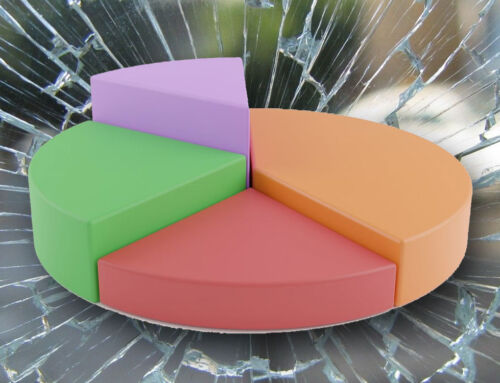What is the Reasonable Value of the Medical Treatment Necessary to Treat the Injury/Injuries?
Looking at the map we have set up regarding damages that are recoverable in an Indiana tort law case, the next section is subsection 5 of Indiana Model Jury Instruction 703, which states:
“In deciding the amount of money you award, you may consider: the reasonable value of necessary medical care, treatment, and services plaintiff incurred [and will incur in the future] as a result of the [injury][injuries].”
This can be broken down into two separate issues. The amount spent or billed on medical treatment (the difference will be discussed below) and the reasonable amount of medical expenses that will be incurred in the future.
How can I Show the Reasonable Value of my Treatment?
In Indiana, recent cases have somewhat limited recovery if the insurance companies contest that the cost of treatment you received was reasonable, or if they say that you did not need that treatment for the injuries you received from the car accident. The first case to do this was Stanley v. Walker. In this case, the Indiana Supreme Court ruled that if you have had your medical bills reduced due to your health insurance, a defendant may introduce those reduced numbers as long as they do not mention health insurance. The court further said that the reasonable value of medical treatment is not necessarily the billed amount, or the amount paid after discounts. It could be one or the other, or somewhere in between.
The second case further addressing this issue was Patchett v. Lee. In Patchett, the Indiana Supreme Court extended the ruling in Stanley to payments made by Medicare and Medicaid which reduced hospital bills.
Both of these rulings addressed what is known as the collateral source rule. The collateral source statute in Indiana states in part that:
In a personal injury or wrongful death action, the court shall allow the admission into evidence of:
- proof of collateral source payments other than:
- insurance benefits that the plaintiff or members of the plaintiff’s family have paid for directly; or
(2) payments made by:
- the state or the United States; or
- any agency, instrumentality, or subdivision of the state or the United States
These two rulings effectively lessened the amount of money you are able to receive in damages due to the fact that many jurors may see the smaller number and assume that was the reasonable number if that was the amount actually paid.
However, by using medical bills and showing the amount that you were billed, a jury may still award the full amount.
How can I Show the Value of My Future Expenses?
Showing the value of any future medical expenses does require effort. However, by providing medical bills for recurring treatments, the cost of prescription medication that is related to the injuries caused by the accident, as well as some expert testimony, the value of future medical treatments should not be in dispute. The treatments must be reasonably related to the injury or injuries from the accident, but as long as the treatments are related, the cost is factored in and can be requested in the form of damages.
What Should I do if I have Been Involved in a Car Accident?
You should talk to an experienced Indianapolis Personal Injury Lawyer that can help guide you through this complicated process. The Legal Team at Hurst Limontes LLC has years of experience handling serious Personal Injury cases and Car Crash cases. We can walk you through the process. We will answer your questions and most importantly answer the Phone and call you back. We will represent your interests and we will explain this process.





